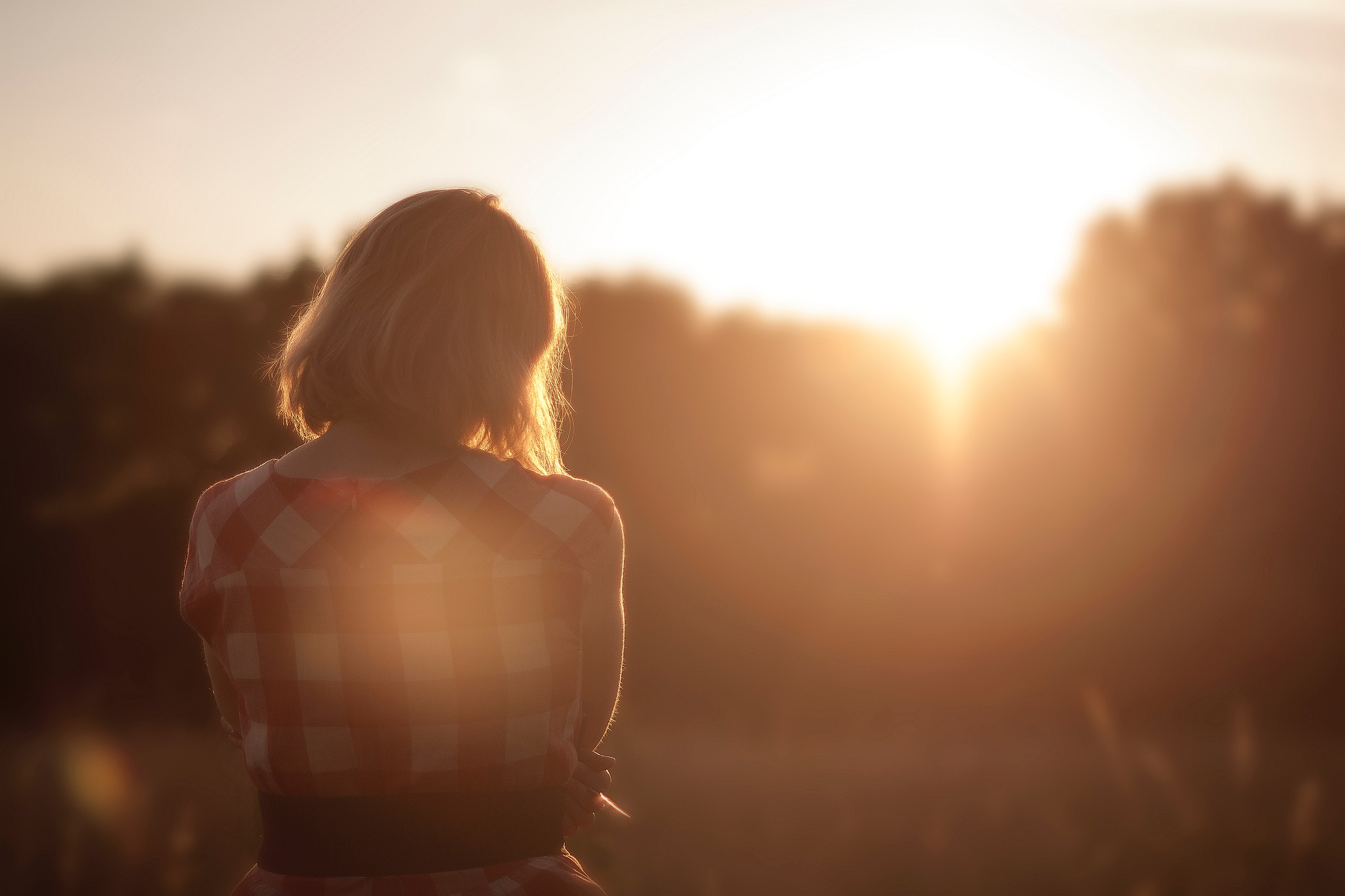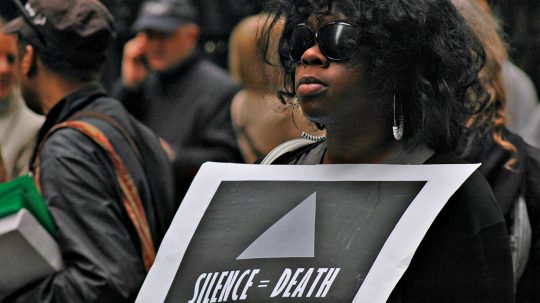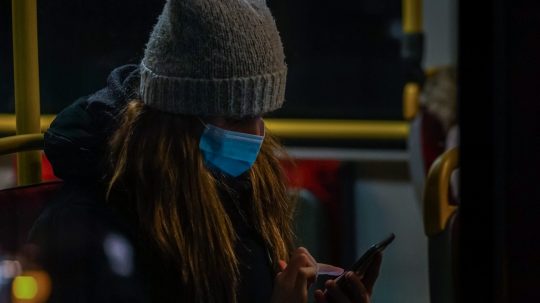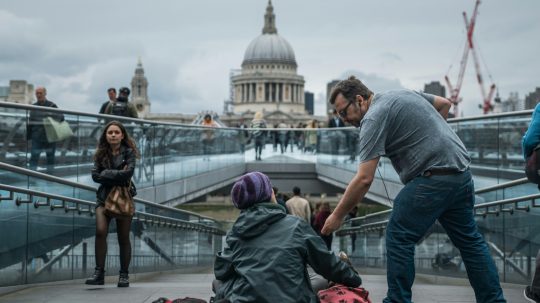With #MeToo flooding social media this week, the global spotlight has turned to women’s human rights – and we’re glad.
The popular hashtag, which has been shared more than one million times, was sparked by the allegations facing Harvey Weinstein. The Hollywood Producer is accused of leading a campaign of sexual harassment, assault and – in some cases – rape against women in the film industry.
As allegation after allegation hit, including from the likes of Gwyneth Paltrow, Angelina Jolie and Cara Delevingne, the industry was forced to reflect: are the accusations against Weinstein indicative of a wider epidemic?
Soon, society caught up. Prompted by a tweet from actor Alyssa Milano, women around the globe began sharing their stories of sexual harassment and assault, all captured by a powerful hashtag ‘#MeToo’.
The campaign, designed to break women’s silence and challenge any misplaced sense of shame, has highlighted the pervasiveness of sexual violence against women.
Women’s Rights Are Human Rights

Image: Abo_Explore / Unsplash
Internationally, the Convention on the Elimination of all forms of Discrimination Against Women sets out provisions for the protection and respect of women’s rights. This includes a prohibition on sexual violence.
Closer to home, the Human Rights Convention (enshrined in UK law thanks to the Human Rights Act) acts as a guard against this. In particular, women have the right:
- Not to be tortured or treated in an inhuman and degrading way (Article 3)
- To have their private and family life respected, which includes their right to physical and psychological integrity (Article 8); and
- Not to be discriminated against on the basis of their gender (Article 14) – because while rape, sexual assault and harassment can and does happen to men, we know that these crimes disproportionately affect women.
Justice served – or justice denied?
Despite what the law says, the UK has been criticised for failing to adequately protect women against sexual violence.
The historic ills of our criminal justice system – marital rape was only outlawed in 1991, a few years after Judge James Pickles famously condemned a rape victim for wearing a mini skirt – are still being addressed. This means that the prosecution and conviction rates for rape, despite being at record levels, are still alarmingly low.
According to figures compiled by the Crown Prosecution Service, there were 2,991 convictions for rape last year. To contextualise this, an estimated 97,000 rapes (including attempted rape) occur each year.
Likewise, the police have come under fire for failing to record and properly investigate allegations of sexual offences. A report by the Criminal Justice Inspectorate (HMIC) in 2014 put under-reporting at 26% nationally.

Image: Tania Caruso, Flickr
In the case of ‘black cab rapist’ John Worboys, this failure made it possible for Worboys to continue sexually assaulting and raping women. The first complainant came forward in 2003, five years before Worboys’ eventual arrest.
In 2014, two of these women took the Metropolitan Police to court. They successfully argued that by failing to believe and investigate their claims, the force had breached their right to not suffer inhuman and degrading treatment (Article 3 of the Human Rights Convention). It was a landmark case – one that is facing fresh legal challenge today.
A culture of victim-blaming

Image: Anemone123, Pixabay
As well as righting this wrong, human rights have helped to challenge the way in which rape victims are handled by the criminal justice system.
In 1999, the Government recognised that a culture of victim-blaming surrounded sexual offences, which was preventing women successfully challenging the violation of their rights. As a result, the law was changed to ban inappropriate questions – including about victims’ previous sexual history.
Despite this, legal loopholes remain. In determining the issue of consent, for example, victims’ previous sexual behaviour can be shared if this is sufficiently similar to the facts of the alleged rape.
Campaign groups, such as Voice4Victims*, argue that this loophole is being used on a widespread basis to undermine victims’ credibility. This was seen in the controversial retrial of footballer Ched Evans.
*Ivy was told her sexual history would not be used. However, in Court she was asked by the defence how many sexual partners she had experienced and [was alleged] to be promiscuous.
Evans’ acquittal prompted further plans to tighten rules on what evidence could be allowed. The plans would also have allowed, for the first time, a complainant to give pre-recorded evidence rather than face live cross-examination.
Although well-intentioned, the plans – shelved due to the General Election – raised concern that this would weaken one of the most sacrosanct principles of our criminal justice system: the right of the accused to challenge evidence laid against him. This is part and parcel of the right to a fair trial.
Limiting cross-examination in an attempt to preserve the dignity of the complainant therefore shows the delicacy required in balancing human rights. As delicate as this may be, the #metoo campaign is a bold statement that women’s rights are human rights – and that sexual harassment, assault and rape can never be legitimised.






